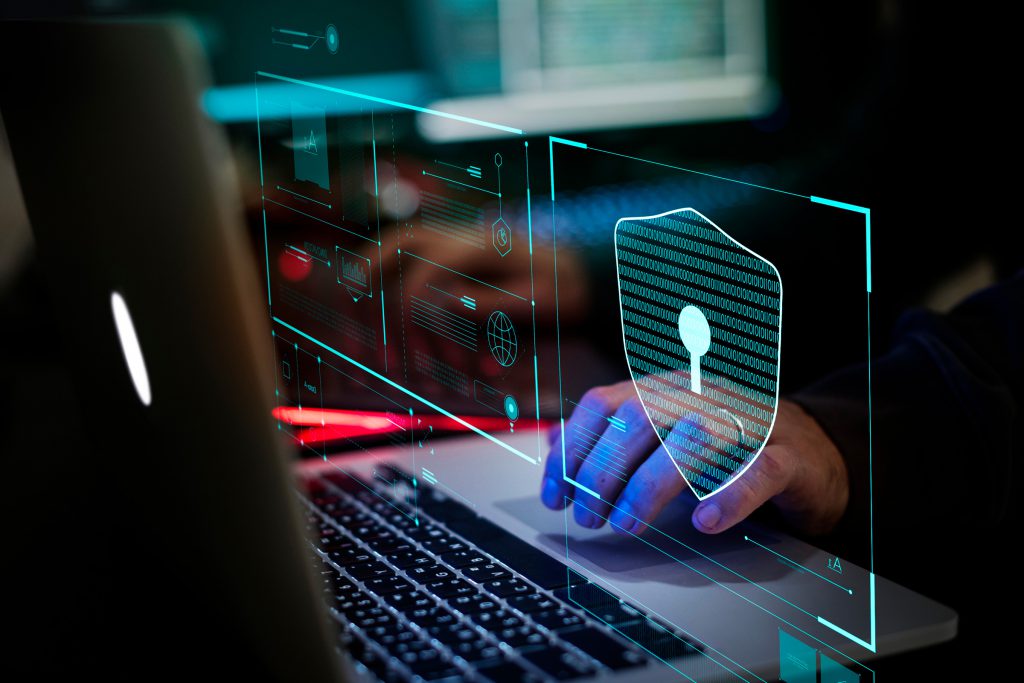Cyberattacks pose threats to individuals and organizations and cost the economy billions of dollars every year. Compared to larger organizations, many small and medium-sized companies often don’t have a security infrastructure in place that adequately protects their digital assets while they are being stored, accessed, and distributed.
According to surveys, many small business owners worry that cyberattacks will harm their operations. However, not all small firms realize why cybersecurity is important for business or ask how much cybersecurity costs–they just assume that they can’t afford it.
Because business owners often don’t know where to start when it comes to cybersecurity, here is a list of some effective methods for preventing attacks.
Perform a Business Risk Assessment
A cybersecurity risk assessment identifies your company’s vulnerabilities. It helps you develop an action plan that includes guidance on educating users, protecting your email platforms, and protecting your company’s information systems and data.
Secure Networks
You can safeguard your internet connection by utilizing a firewall and encrypting your data–make sure your Wi-Fi network is concealed and secure. By instructing your wireless access point or router to stop broadcasting the Service Set Identifier, you can hide your Wi-Fi network identification (SSID) from intruders.
It is also a good idea to password-protect your router’s access. Use a virtual private network (VPN) to safely access the network from outside the office if any of your employees work remotely.
Install Antivirus Software
Make sure that all company computers are equipped with antivirus software and that they are regularly updated. Software vendors regularly release product patches and updates to fix security issues and improve functionality. We recommend configuring all software to install updates automatically. It is also important to update the software associated with your operating system, web browsers, and other applications.
Require Strong Passwords
Simply guessing usernames and passwords is a popular method that cybercriminals use to gain access to networks, especially if the company makes use of cloud services such as Microsoft Office 365 or Google Workspace. Users should use password managers and change default passwords on any networked devices.
Use Multi-Factor Authentication
Multi-factor authentication (MFA) is a mechanism that confirms an individual’s identity by requiring them to provide more than a username and password. MFA requires the user to have a password, phrase, PIN, physical token, phone, fingerprint, or facial recognition that can be used as a second layer of authentication before system access is granted.
Engage a Cloud Service Provider
Consider using a cloud service provider to host your organization’s information, applications, and collaboration services, especially if you have a hybrid-worker organizational structure. Software as a Service providers for email and workplace productivity can help protect data in transit.
Protect Sensitive Data
There are many types of data that need to be handled carefully. For example, payment processing must be done securely by working with your bank to ensure you use the most trusted and verified tools and fraud prevention services. Security that complies with bank or payment processor agreements is vital. Avoid conducting online browsing and payment processing on the same computer.
Prevent unauthorized access and use of business computers for personal browsing; laptops and mobile devices are especially likely to be stolen or lost, so lock them when unattended. Administrative rights should only be granted to trusted IT staff and key personnel. Conduct regular access reviews to verify that former employees have been removed from the system and company-issued devices have been returned.
Be sure to also back up all computer data regularly–critical data include word processing documents, electronic spreadsheets, databases, financial and accounting data, personnel files, etc. Perform weekly data backups in cloud storage.
Employee Training
Employees and work-related communications are a leading source of data breaches for small companies. Workers must understand the importance of data security–educating your employees about how to identify phishing emails, avoid suspicious downloads, use authentication tools, and protect sensitive information can go a long way in preventing cyberattacks.
Planning and Evaluation Tools
There is no substitute for dedicated IT support or outside consultants, but these resources can be expensive. Below is a list of tools organizations use to improve their cybersecurity stance.
Cyber Resilience Review
The Department of Homeland Security (DHS) collaborated with the Software Engineering Institute at Carnegie Mellon University to create tools and compile resources to help organizations do internal Cyber Resilience Reviews. These are nontechnical evaluations of cybersecurity procedures and operational resilience. You can either conduct your own assessment or ask a DHS cybersecurity professional to assist you.
Vulnerability Scans
The Cybersecurity and Infrastructure Security Agency (CISA) offers free cyber vulnerability scans for small businesses. It provides various scanning and testing services to help organizations assess threat exposure, remediate known vulnerabilities, and ultimately adjust configurations to better secure their systems.
CISA also provides free cybersecurity services and widely used open-source tools from private and public sector organizations throughout the cybersecurity community.
In Summary
Organizations must create a concrete plan to respond to cyberattacks, and employees should know how to report any suspected security events. Everyone in the company must do their part to mitigate the risk of being hacked by a cybercriminal.
Find out how to keep your business as safe as possible with the help of freelance cybersecurity experts available on Guru.



